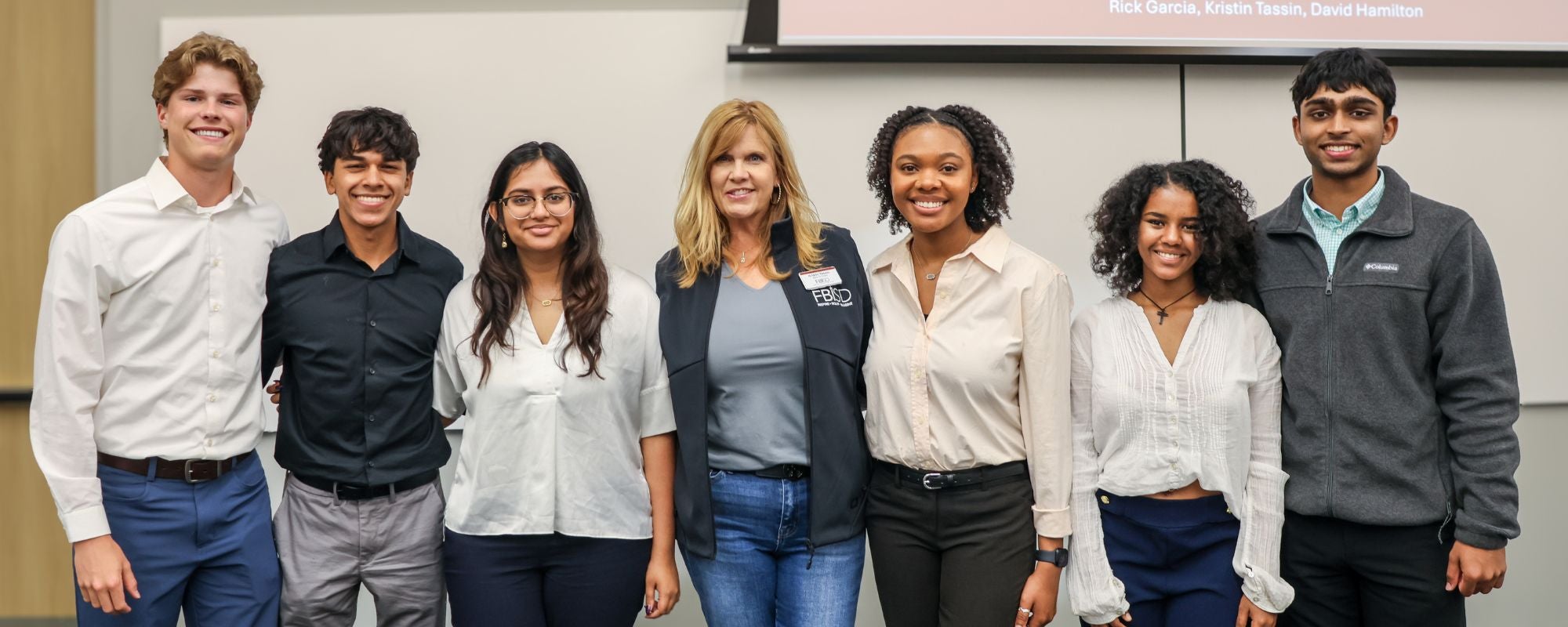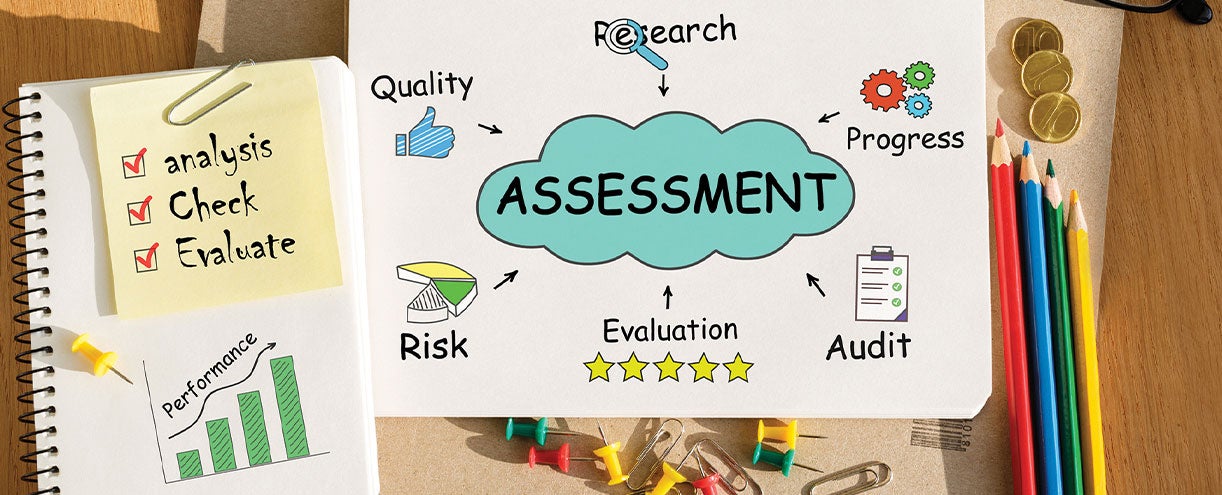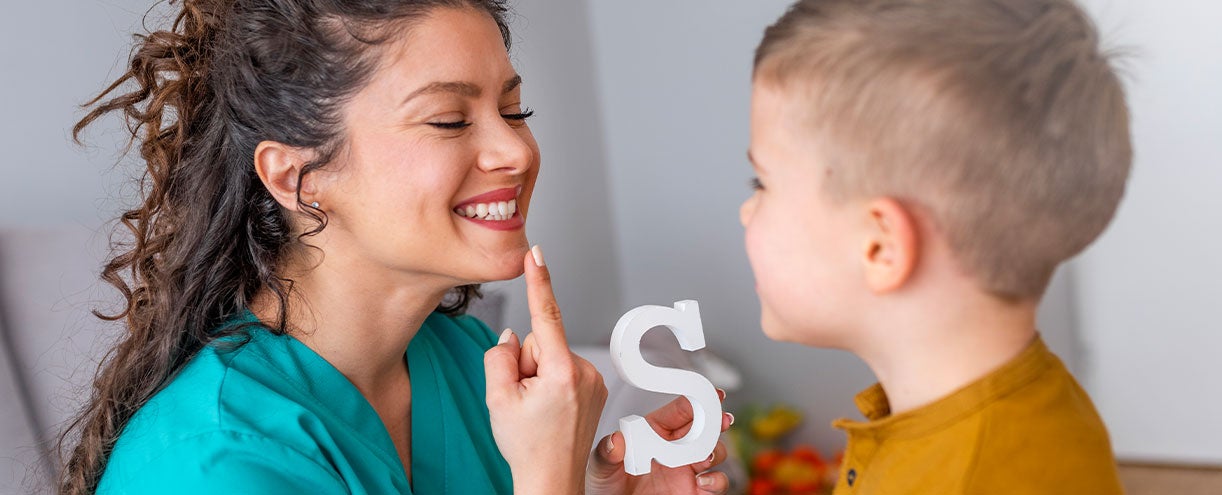Teens Collaborate with Fort Bend ISD Trustees Through Student Leadership Program
On a spring field trip to the Texas Capitol, Oluwanifemi Ibukun had no reservations about talking to state lawmakers about the importance of special education funding for Fort Bend ISD students. As a junior at Hightower High School, the 16-year-old believes no student should be sidelined from reaching their potential. “I talked about how people tend to treat special education kids like they’re different,” Ibukun said. “But they’re just like every other kid and deserve the same opportunity even though they might need more resources and more help. We just need more funding.”
If being able to advocate on a complicated school finance issue seems like a tough assignment for a teenager, Ibukun said she’s learned a lot over the past year in the district’s Student Leadership program.
“It’s made me realize that I do have a voice, and people do care what I say,” she said.
Two-Year Program
Designed to develop proficiency in all the core aspects of leadership, including public speaking and presentation skills, the two-year program was established in partnership with the Fort Bend ISD school board, which works with students both in district and community settings. The goal is to offer participants a unique opportunity to learn through observation, hands-on experiences, and a summative capstone project and presentation in their senior spring semester.
“The program gives students a glimpse into the complex operations and challenges of the district and other businesses, while allowing them to learn from trustees and other community leaders,” said Fort Bend ISD Board President Kristin Tassin. “It gets students out of the classroom and into the community, allowing for hands-on experiences, student-led education, and projects that build collaboration, communication, and critical thinking skills. These are the skills we want students to have when they leave FBISD.”
Students are also increasingly seeing the value of taking their learning beyond the classroom. Nearly 300 sophomores applied during the most recent application period for the leadership program. The number of participants is limited to 36 students, with three spots allocated from each of the district’s 12 high schools.
Located southwest of Houston, Fort Bend ISD is the sixth-largest district in Texas, with more than 79,000 enrolled students in one of the fastest-growing and diverse counties in the nation. The district is also the largest employer in Fort Bend County, with more than 12,000 employees. Participants are selected based on an application detailing their interest in developing their personal leadership skills. Parents must also give their permission and commit to supporting the program’s attendance and participation expectations.
Trustees Teach, Learn
Throughout the leadership program, trustees rotate visits, talking with both the first- and second-year students on different topics — from policy and public education advocacy to why community involvement is a powerful catalyst for change. Aleena Qadri, 16, a junior at Crawford High School, had little awareness about the school board’s role in both governance and advocacy before participating in the program.
“I think many people don’t have a good understanding of who the school board is and what they do,” Qadri said. “I feel very grateful because I’ve been able to inform so many about who actually makes the decisions and policies to help our education. It’s been eye opening.”
Raising awareness among students about the role of the school board is just one benefit of the program. Trustees also find value in hearing what student participants tell them about their school experience.
“In Fort Bend ISD, we strive to offer a variety of educational opportunities for our students, particularly programs that allow for student experience and leadership growth,” Tassin said. “The leadership program specifically targets the ‘servant leadership’ attribute of our Profile of a Graduate, and it is a way for trustees to engage directly with students.”
She noted that students often email their feedback on upcoming board agenda items. “This speaks to their level of engagement in the program and development of advocacy skills that will serve them well into their future,” she said.
Building Confidence
For Nicholas Briones, 17, a junior at Kempner High School, his initial goal in applying for the program was to develop his speaking and presentations skills. But over the past year, Briones said he’s learned so much more. In Student Leadership 101, he had the opportunity to be one of the main presenters and organizers of the Elementary School Leadership Conference, working with the district’s youngest students on leadership topics.
“I basically got to teach them about PAC, or professionalism, accountability, and communications, using lessons that I had organized,” he said. “It was a really cool opportunity.”
Building confidence and competence in key leadership areas is one of the goals in the first year, while year two gets students out into the community, where they work on specific projects for participating organizations, including Memorial Hermann Hospital, Shared Dreams, GiGi’s Playhouse, Fort Bend Education Foundation, and the Fort Bend County Commissioners Office.
“The Student Leadership Program provides students with relevant experiences to apply their learning in our community,” said Fort Bend ISD Superintendent Marc Smith. “Community partners offer our students the opportunity to take the next step from learning to doing. Students roll up their sleeves and get their hands dirty. Working alongside these mentors, they understand and solve problems, give and receive feedback, and ultimately make things better in their own community.”
The second-year capstone projects give students the opportunity to put their leadership skills to the test. They combine monthly community visits with regular meetings with peers and Leadership Development Coordinator Geordie Daniel to dive deeper into leadership competencies and specifics of their projects.
The goal was to be prepared for an April capstone presentation in front of peers, community partners, and district leaders, including school board trustees who were there to support and encourage them. Whether any in the current cohort decides to ever run for a school board seat remains to be seen. But close collaboration with their elected school board trustees has inspired them in other ways.
“I like how the system works.” Briones said. “They work together as a body corporate and not just [as] an individual person. That’s really told me a lot about the place of teamwork in leadership because being on a school board requires a lot of teamwork.”
Sylvia Wood
Sylvia Wood is the division director of communications for TASB.





